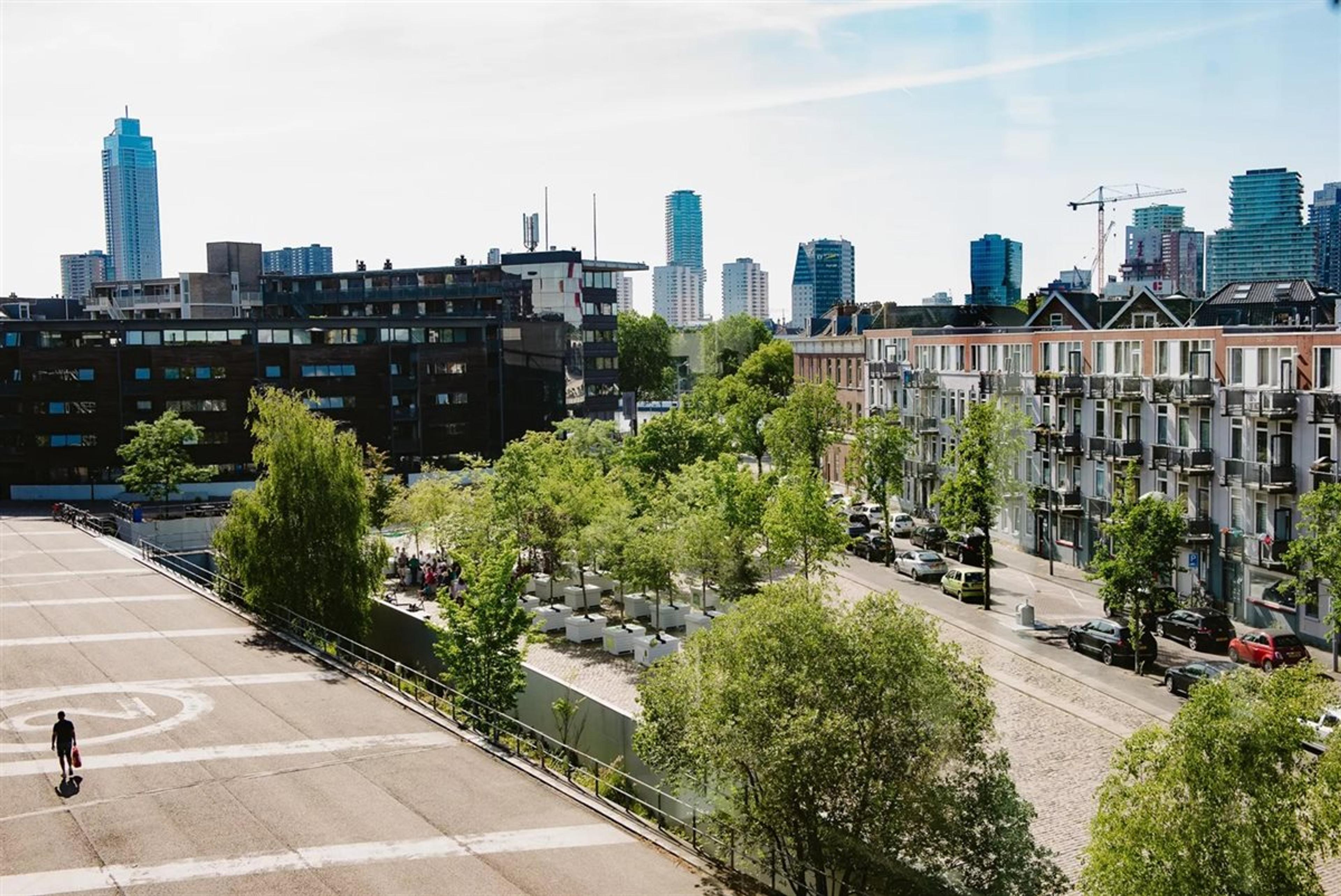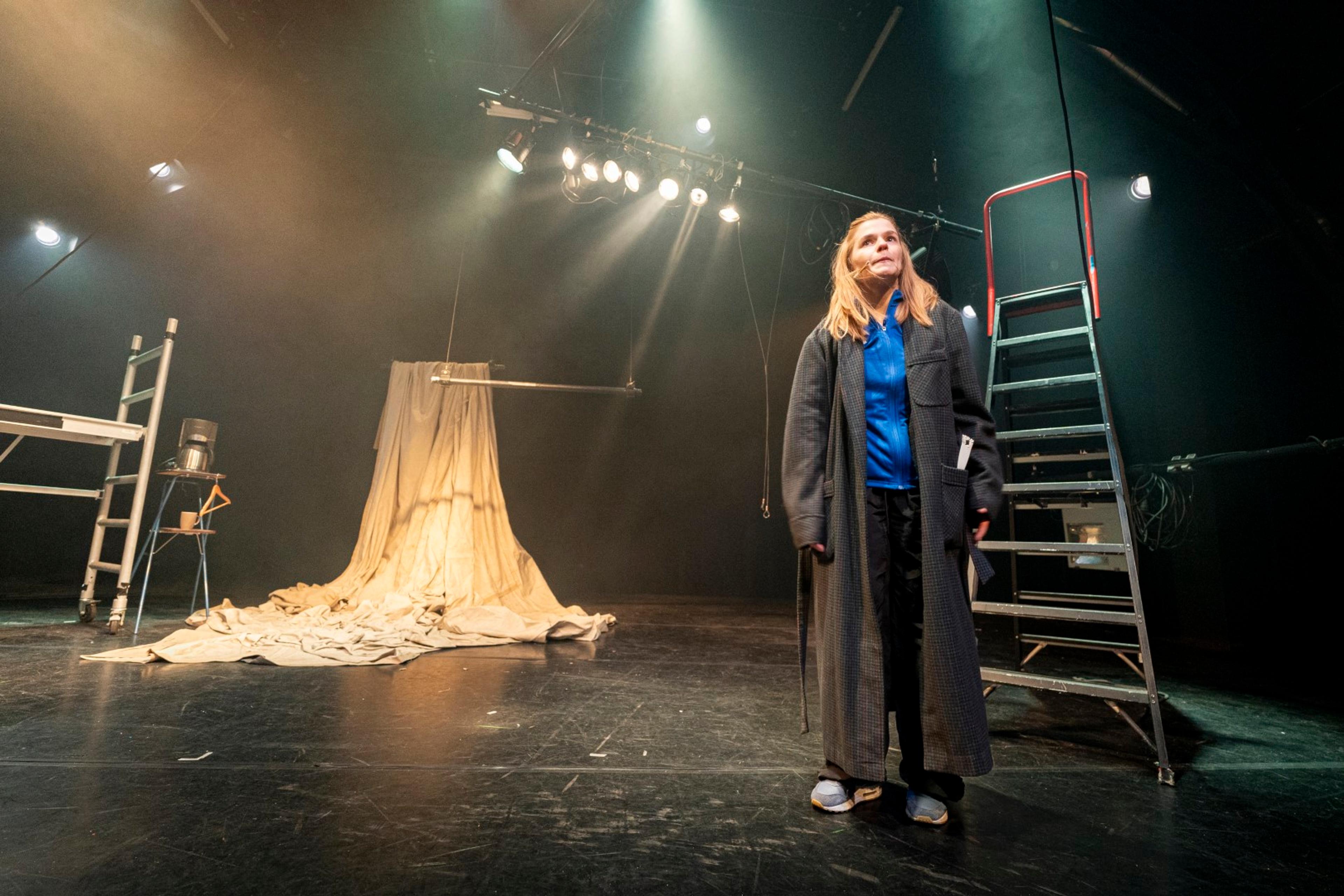
Nature and the cultural sector: how green can it get?
The cultural sector has a direct and indirect impact on nature. On the one hand, events and cultural activities are affected by climate change, such as more extreme weather that disrupts festivals and outdoor performances. On the other hand, the sector can also contribute to ecological changes, for example by integrating cultural projects into the natural environment. By being more conscious of nature and sustainability, the cultural sector can make a positive contribution to biodiversity and environmental conservation.
Laws and regulations
The Environment Act determines how spatial planning and environmental aspects are regulated, including cultural projects that affect nature and biodiversity. This law brings together several previous environmental regulations and ensures that economic activities and nature protection remain in balance. In Gelderland, additional rules apply to events in nature reserves, where organizers must take into account the effects on flora and fauna. Depending on the location and impact, a permit may be required, as well as a flora and fauna survey. Sometimes additional measures are required to reduce negative impacts on sensitive natural areas. For example, the nitrogen policy forces organizers to reduce emissions and take compensatory measures, especially for events in or near sensitive natural areas.
💡 Tip: The AERIUS Calculator can help you test in advance whether your event or project falls within nitrogen standards. You will also find information on what measures are needed to reduce negative impacts.

Promoting biodiversity
Unfortunately, cultural events such as festivals and celebrations have an impact on the natural environment, and thus on biodiversity. As a cultural organizer, however, you can ensure that this impact remains as minimal as possible, and take steps yourself to promote biodiversity.
- Permanent locations can be greened by installing birdhouses, bee hotels and roof gardens at theaters and museums. This helps improve habitat for insects and birds and enhances biodiversity in urban environments.
- Temporary locations such as festival grounds can be greened with mobile gardens or temporary green zones. A good example of this is the Mobile Trees Experiment, where mobile trees and plants are used to green the environment without permanent modifications. This initiative makes events greener without long-term interventions in public spaces.

Collaborations
Collaborating with (urban) ecologists and nature organizations can help design nature-friendly events. "You have to coordinate with each other what you want to achieve, and figure out together how best to do that. Not just once but continuously. The more you work together, the broader the knowledge is and the smoother the whole process goes," Elia Klein, senior ecological management at the Municipality of Arnhem, told me in this interview.
👤City ecologist municipality of Nijmegen: Ineke Wesseling👤City ecologistmunicipality of Arnhem: Joep van Belkom
📖 Reading tip: This Green Events article examines the climate impact of the cultural sector and offers insights into how organizations can measure, reduce and contribute to a more sustainable future.
Reducing nitrogen and emissions
'Cows gone in exchange for Down the Rabbit Hole, festivals also chase nitrogen space' headlines the Gelderlander in 2023. Large events such as the Nijmegen Four Days Marches, Black Cross and Down The Rabbit Hole must compensate for nitrogen emissions from visitors' cars and on-site activities. One way to reduce this is by focusing on sustainable mobility, such as encouraging bicycles, public transportation or electric shuttles for visitors and crew. This lowers reliance on cars and significantly reduces nitrogen emissions.

The impact of mobility
According to several studies, transportation is one of the largest environmental burdens within the event industry. Organizers can reduce this impact by encouraging sustainable mobility choices. This article provides insight into sustainable mobility strategies and tools to encourage sustainable choices.
Another effective way to reduce emissions is to use energy-efficient generators, biobased building materials and reusable infrastructure. For example, solar panels and battery storage systems are increasingly being used at festivals to replace diesel generators. This not only reduces emissions, but also makes for quieter, cleaner events that have less impact on wildlife in the area.
💡Tip: Want to make your cultural project sustainable? This article from Kunstloc Brabant offers five valuable lessons, from setting achievable goals to working with partners, to making impact in a practical and effective way.

Sustainable energy consumption
If you want to work greener in the cultural sector, you need to reduce your energy consumption and be smarter about using renewable energy sources. By using energy more consciously, organizations can not only reduce their carbon footprint, but also save costs. This article discusses three key steps to use energy more efficiently and sustainably.
Integrating nature into projects
The cultural sector has an opportunity to not only protect nature, but actively integrate it into projects. Embracing biobased construction and circular design can reduce environmental impact and create a more sustainable cultural sector. Consider using natural materials such as wood, loam and recycled fabrics, which not only lowers the carbon footprint, but also contributes to a healthier environment.

Examples include:
- The Wall at Down The Rabbit Hole, a living green wall that not only provides cooling on the festival grounds, but also encourages biodiversity.
- Festival Nimma aan Zee showed how climate-adaptive solutions, such as green electricity and climate-resistant plantings, make a festival more sustainable without sacrificing atmosphere.
- Theater group The Horde used existing materials from previous theater companies to build set pieces for their new performances.
ℹ️ Definition: Biobased construction is a sustainable building method that uses natural and renewable materials, such as wood, loam, bamboo, flax, hemp and mycelium (fungal threads), instead of traditional, often environmentally damaging building materials.

Sustainability in the cultural sector: examples & best practices
More and more venues, festivals and municipalities are taking concrete steps to reduce their ecological footprint. In this article you will read an overview of inspiring best practices from the region and beyond that show how sustainability and culture can go hand in hand.